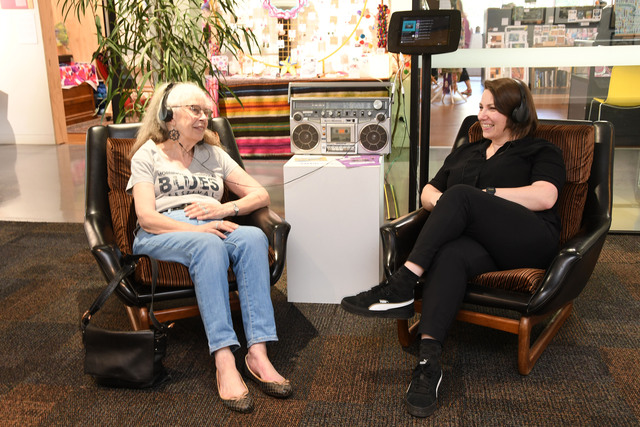During the Second World War, the U.S. Army took over Arlington Hall, in Virginia, to house its code-breaking effort. The building used to be a junior college for women.
Then it became the base of thousands of women who used maths and patterns to decode intercepted enemy messages.
As DCist, a community news website in Washington, D.C., describes it: “The women of Arlington Hall…ultimately contributed to the breaking of several key codes, including the famous
German Enigma machine, the Japanese Navy’s fleet code, the cipher used in communications from Japanese diplomats, and the code used by Japanese supply ships in the Pacific.”
In her YA historical fiction The Killing Code, Australian author Ellie Marney mentions a fellow novelist had wanted to write about code-breaking but was disheartened by the amount of
research required.
Consider, for example, Enigma by Robert Harris, The Bletchley Girls by Tessa Dunlop, or Hidden Figures by Margo Lee Shetterly.
It’s definitely a daunting task.
But Marney fixed her mind to it and persevered, and the result is a brilliant example of “write what you want to read”.
The Killing Code tells the story of Kit, who is recruited by the U.S. Signals Intelligence agency to work at Arlington Hall in 1943.
When government girls are brutally murdered, she is drawn into the hunt for the serial killer.
Kit joins forces with fellow codebreakers Dottie, Moya and Violet, and their friendships blossomed.
Readers are brought into their inner circle, aided by Marney’s meticulous research on everything American in the 1940s – from food and fashion to mannerisms and speech styles, and then to the cultural expectations and sociopolitical norms.
There is also considerable emphasis on the inner workings of the Army and its wartime intelligence work.
While the code-breaking process may be confusing without demonstrations at hand, there is sufficiently detailed depiction of the time and efforts involved, both individual and collective, to help readers comprehend its significance and complexity.
But the most noteworthy part of the novel, at least in this reviewer’s opinion, is how Kit and her cohort apply their code-breaking skills and insights to solving the crime.
These are the fundamental steps of psychological profiling, gathering, deciphering and analysing data in order to identify the behavioural patterns and psychological characteristics of the killer.
The final and crucial clue comes from the process of breaking the Enigma codes, but the mystery of Kit’s identity is also satisfyingly solved. An equally impressive character is Violet from
the segregated code-breaking unit, who is intelligent and fierce.
Indeed, the camaraderie, courage and commitment of not just the four girls but all the women contributing to the war effort is both endearing and empowering.
The Killing Code is a smart book in its gentle way of tackling difficult issues such as war, crime and punishment, racism and segregation, same-sex relationships, and women’s rights.
Subtly and effectively, it casts light on the many types of injustice in our society, while celebrating the good and the beautiful in our daily lives.







